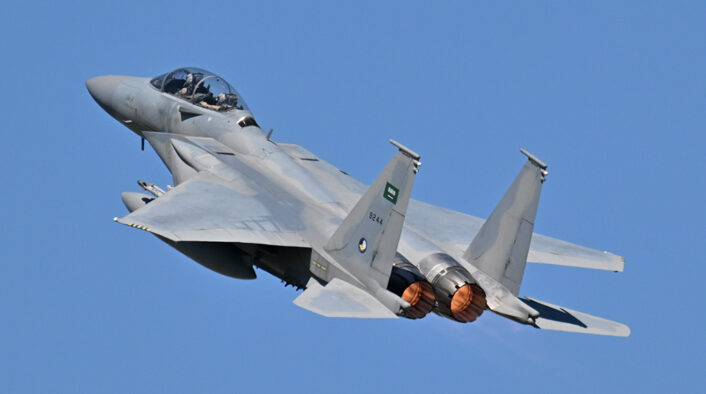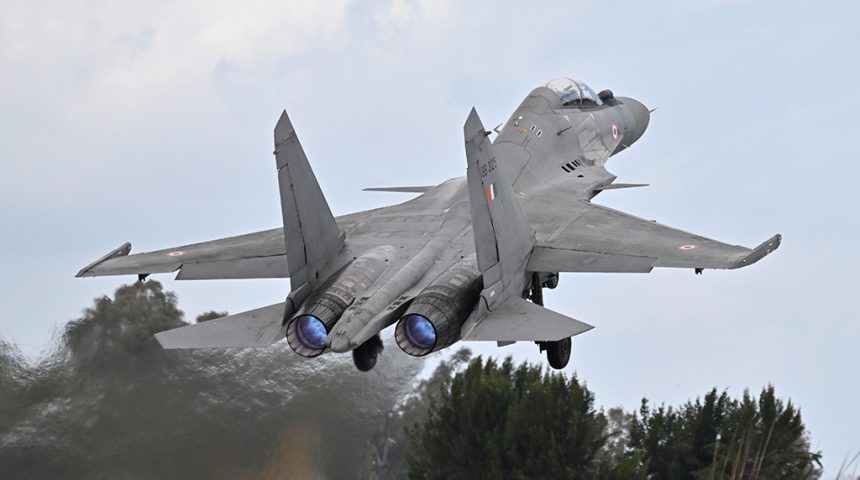Several “exotic” participants have taken part in this year’s Iniochos exercise in Greece.
“Iniochos” is an annual medium scale exercise based on the facilities of the Air Tactics Center at Andravida Air Base, located in the Northwest Peloponnese, Greece. The first exercise of the series was conducted in the late 1980s, as a small scale tactical level exercise, tailored to the contemporary necessity for training in combined air operations in accordance with the Hellenic Air Force doctrine.
Over the following years, the success of the exercise led to the decision of establishing it as an annual event. The exercise objective was to train personnel in planning and execution of Combined Air Operations (COMAO). In 2005, the Exercise was decentralized, thus the participating aircraft were operating from their homebases. In November 2013, the decision was made to adopt a Single Base Concept, upgrading the exercise scale to medium and expanding the spectrum of operations with the objective to create a more realistic and demanding environment, with an intensive and prolonged 24/7 battle rhythm, significantly increasing the level of training.
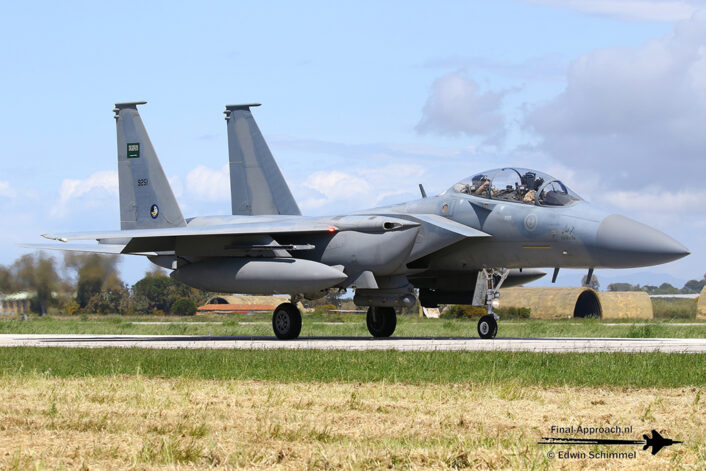
The exercise goals are:
- Provide REALISTIC training, which is achieved by creating a realistic Battle Environment: participating personnel are exposed to an intensive battle rhythm with realistic attrition rates and challenging scenarios which include multiple modern threats and real time live injects, tailored to produce the fog of war and the friction effect (per Clausewitz), which is expected to dominate the modern battlefield and test both the physical and psychological endurance of the modern fighter.
- Accurate Shot/Event Assessment: this is achieved with the use of onboard and off board tracking data, sensors and specialized debriefing software, which is leveraged for the reconstruction of the mission by experienced Fighter Weapons School instructors, who oversee the debriefing process.
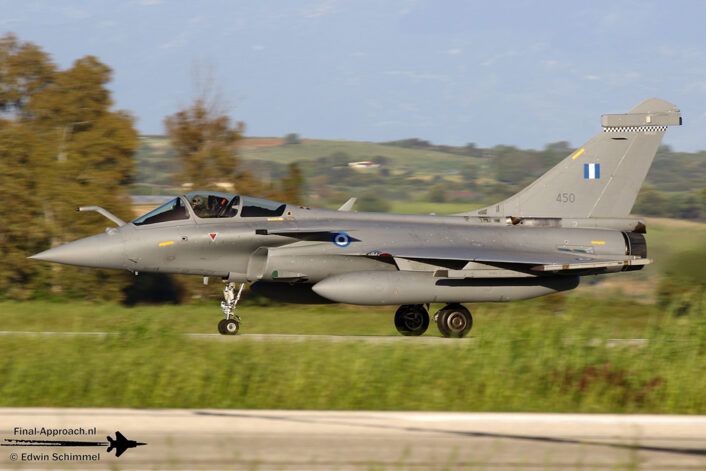
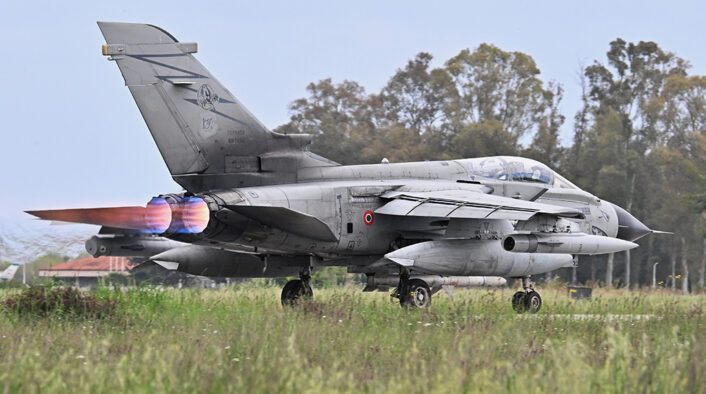
In order to achieve the objectives of the Exercise, the HFWS oversees the missions from scenario planning to debriefing and makes certain that they cover the full spectrum of missions currently performed by the HAF such as:
- Air operations versus Integrated Air Defense System (IADS)
- Offensive Counter Air / Airfield Attack
- Air Interdiction / Special Targets (bridges, power stations, vehicles, etc.)
- Anti-Surface Warfare
- Slow Mover Protection (SLOMO)
- Combat Search and Rescue (CSAR)
- Dynamic Targeting (DT) / Strike Coordination and Reconnaissance (SCAR) / Close Air Support (CAS) / Time Sensitive Targets (TST)
- High Value Airborne Asset (HVAA) Protect/Attack
Iniochos 2023, from Apr. 18 to May 7, 2023, involved a large number of HAF assets, such as fighters, including the recently acquired Rafale, Air Defence Systems, helicopters, transport and training aircraft.
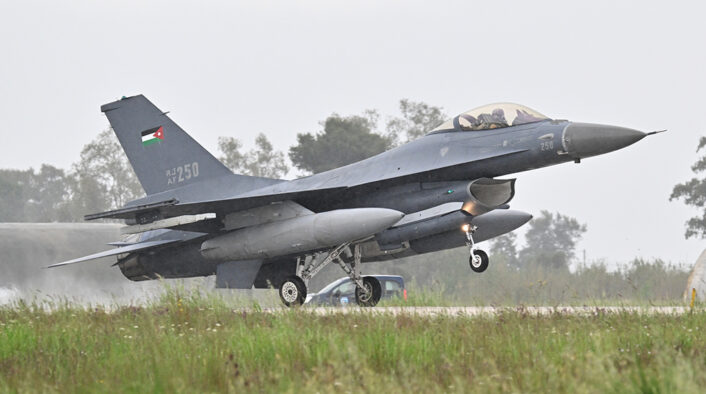
Additionally, Hellenic Army, Navy and Special Operations assets and personnel contributed significantly to the creation of complex and realistic scenarios across the exercise areas which spread over the Greek mainland and seas.
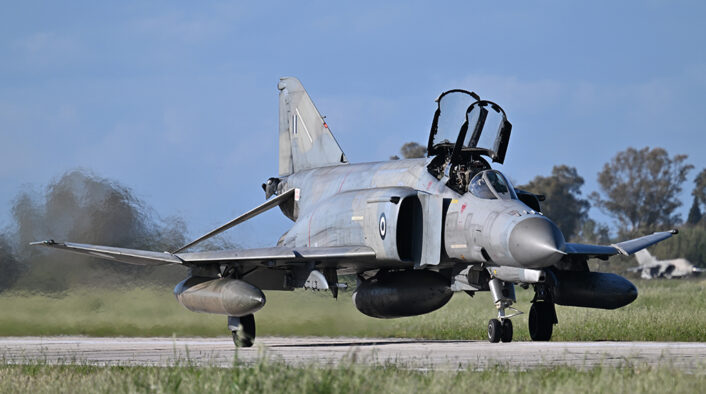
Foreign participants included: Cyprus with an AW139 Helicopter, France with Rafales, India with four Su-30MKI, Italy with Tornado IDS and ECR, Jordan with F-16s, Saudi Arabia with F-15SAs, Slovenia with PC-9s, Spain with EF-18s and the U.S. with MQ-9s.
Additionally, Austria participated with INTEL personnel and Canada with Air Battle Managers.
Needless to say, the Indian Air Force Flankers and the RSAF F-15SA were among the most interesting aircraft of this year’s edition of the exercise.
The Su-30MKI is a two-seat multirole derivative of the Su-27 Flanker, a fighter in the same class of the U.S. F-14 and F-15, with impressive maneuverability as shown by its ability to perform the “Pugachev Cobra”: in a “Cobra”, the plane suddenly raises the nose to the veritical position (or beyond) before dropping it back to the normal flight, maintaining more or less the same altitude through the entire maneuver. The Su-27 and its “Cobra” have been the highlight of many air shows from the end of the 1980s to the middle of the 1990s. But, since then, the Flanker maneuverability has been furtherly enhanced. Indeed, the improved multirole Su-30MKI is a Flanker variant fitted with both canard forewings and thrust-vectoring nozzles which have improved its agility.
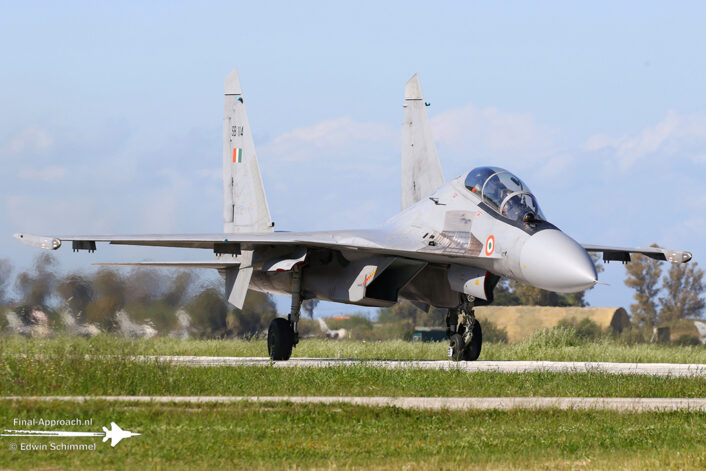
The F-15SA is derived from the F-15E Strike Eagle and it is one of the most advanced Eagle variants ever produced. Equipped with the APG-63V3 Active Electronically Scanned Array (AESA) radar, a digital glass cockpit, JHMCS (Joint Helmet Mouted Cueing System), Digital Electronic Warfare System/Common Missile Warning System (DEWS/CMWS), IRST (Infra Red Search and Track) system, it is able to carry a wide array of air-to-air and air-to-surface weaponry, including the AIM-120C7 AMRAAM (Advanced Medium Range Air-to-Air Missile) and the AIM-9X Sidewinder air-to-air missiles, the AGM-84 SLAM-ERs, the AGM-88 HARM (High-speed Anti-Radiation Missile) and the GBU-39 SDBs (Small Diameter Bombs) on 11 external hardpoints.
